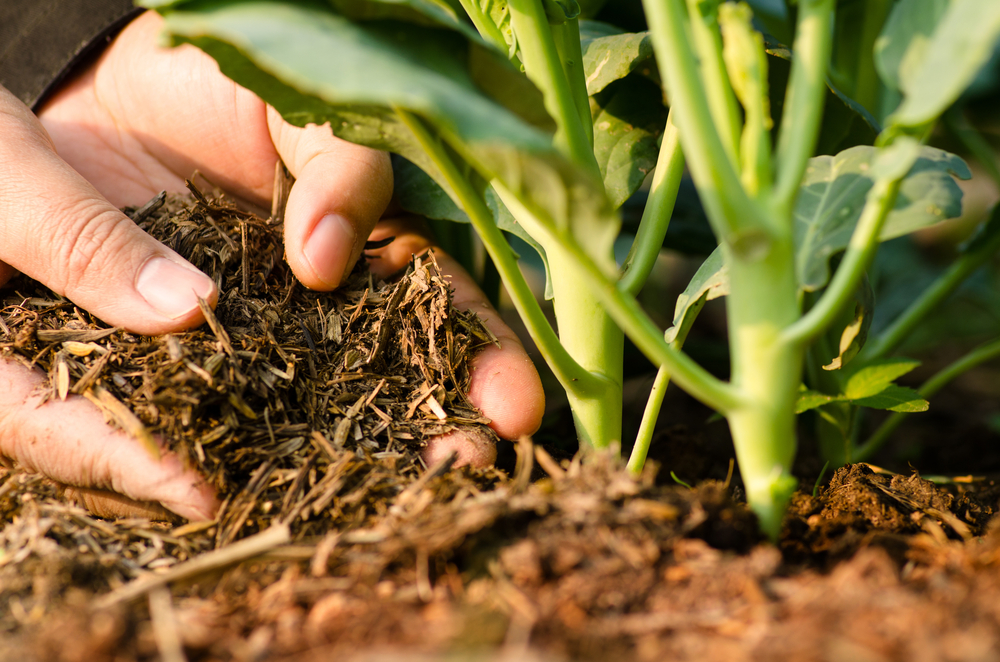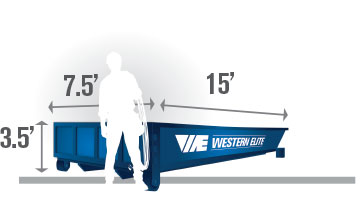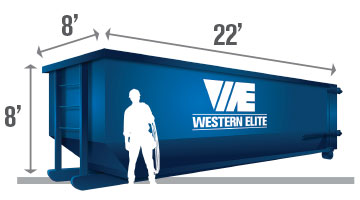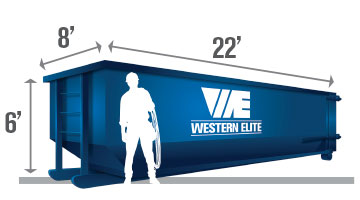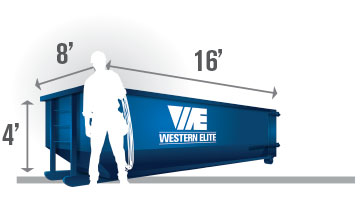Compost is decomposed organic material, such as leaves or vegetable scraps that, once broken down, turns into decomposed organic material that resists further breakdown: when added to the soil, this material—called humus—improves its health by increasing water retention and creating air pockets for plant roots to grow. You can utilize this free source to maximize the “curb appeal” of any property by drastically improving the quality of their landscaping, lawns, and gardens.
Cold, Cold, Baby: Inactive Composting
If you can accept a full year as a timetable for your finished compost, stick to the cold composting method. Simply pile up your yard and kitchen vegetative material as it becomes available, and let time and nature take care of the rest. If you mix the pile’s material’s occasionally while it maintains a slightly moist consistency, you’ll have some usable composted material by the following season.
You’re Getting Warmer: Active Composting
Even though cold composting minimize your workload, sometimes good compost takes longer than your plants can wait, and you’ll need it before the end of the year. To speed up your process, you’ll want to turn up the heat, in a pile that measures at about three cubic feet. As far as your materials, they can most easily be split into two categories: green materials, and brown materials. The following is a brief list of examples for both:
Green materials, which are high in nitrogen:
- Food scraps
- Coffee grounds
- Teabags and leaves
- Fresh grass trimmings
Brown materials, which are high in carbon:
- Straw
- Leaves
- Pine needles
- Newspaper
Chop, Chop
You’ll want to incorporate an equal amount of both “greens” and “browns,” and chop up all of the ingredients, if possible. As aforementioned, a pile of about three cubic feet is ideal, since that’ll be large enough to retain the heat necessary to the process. For the best results, make sure to shred the ingredients into pieces that are as small as you can possibly make them; for the dry brown ingredients, which are usually leavings off of your landscaping’s trees and hedges, sending the small branches and leaves through a shredder will yield plenty of material for a uniform base layer. Alternate the layers of brown and green ingredients as you build your pile, and keep the pile moist; and remember, evenly chopped materials retain moisture more effectively. “Turn,” or rotate, all of the outer materials into the center of the pile every week for several weeks, until you have dark, crumbly compost that’s ready for use.
The Re-Cycle of Life
If you’re concerned about generating any undue green waste, rent a dumpster from a local waste management company in Las Vegas to collect it for recycling. When you recycle the excess green waste that you can’t utilize in your own compost heaps, you’ve helped it stay out of landfills, while also perpetuating a culture that values reusing, repurposing, and recycling. Rent a green waste dumpster from Western Elite, and remember: whether you’re using it for compost, or having it collected and recycled, one person’s green waste is another person’s green.

